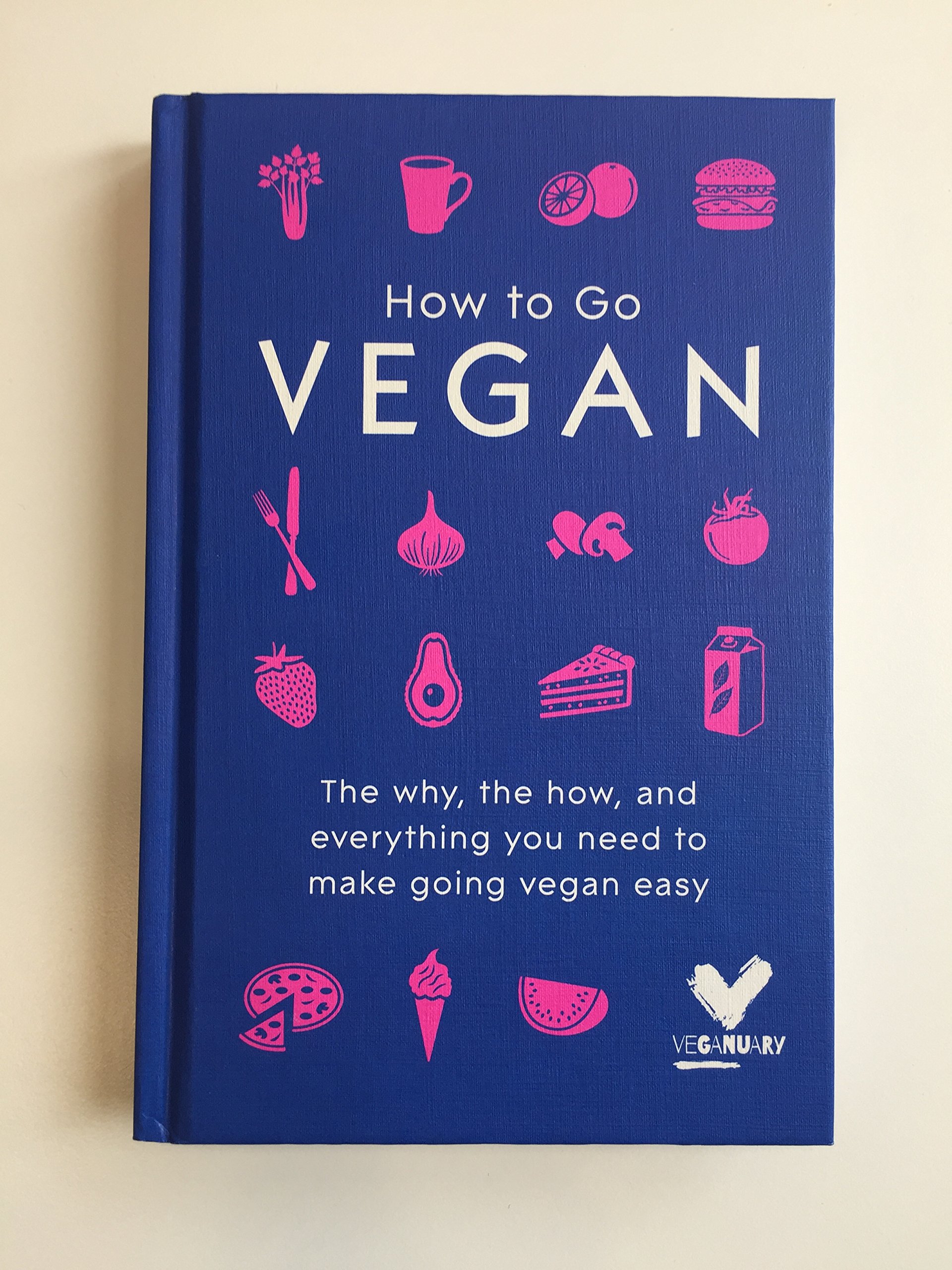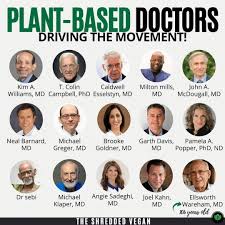
Dressing your salads with a vegan salad dressing will give them a bit of extra love. We have 15 delicious recipes to choose from, whether you want a tangy, vinaigrette for your greens or a creamy dressing to make your pasta salad taste like a lavish dinner. Or a zesty sauce to complement your spring rolls or grilled vegetables.
Oil-Free Dressings Ready in Just 5 Minutes
If you're short on time but don't want to sacrifice taste, these easy vegan salad dressings are perfect. They take just a few minutes to make and are packed with flavor and nutrients.
Sweet and tangy, this low-fat vegan honey mustard dressing is the perfect match for all your leafy greens. This honey mustard dressing also goes well with grains and as a vegetable dip.
Cashew Mayo Garlic and Lime
This quick and simple vegan cashew Mayo is dairy-free. It's also gluten-free and oil-free. It's a perfect alternative to traditional mayo that is ready in just five minutes.

Carrot Ginger Salad With Mediterranean Tahini
This carrot ginger dressing is an exciting twist on the classic orange salad. The dressing is packed with flavors and is made from only five ingredients.
Thousand Island Oil-Free Dressing With Cashews and Lemon Juice
This easy vegan dressing is made of cashews & lemon juice. However, this recipe can be used as a foundation for other creations. You can adjust the flavors and spices to suit your own tastes.
Spicy Mexican-Inspired Salad Dressing With Tamari and Soy Milk
If you are looking for a spicy Mexican dressing that's creamy, savory and salty to use on all types of vegetables, then this is the dressing for you. With a base of tahini, it's ready in minutes and pairs perfectly with everything from chickpeas to roasted vegetables.
Avocado-based dressings that are ready in just a week
While a homemade vegan salad dressing is easy to make and store, it does require some patience to prepare. The flavors of the dressing will remain at their best for up until a week if you store it properly.
It is worth making your own vegan dressings, even if they only last for a couple of days.

Homemade dressings are also more affordable than store-bought versions and don't contain any added preservatives or chemicals that may be harmful to your health.
Creamy vegan dressing with almonds and Dijon mustard
This simple, creamy vegan dressing with almonds and garlic is a healthy and delicious treat for everyone! It is also gluten-free.
FAQ
Here are 7 ways to live a healthy lifestyle.
-
Take care of your health
-
Exercise regularly
-
Sleep well
-
Make sure to drink plenty of water.
-
Get enough rest
-
Be happy
-
Smile often.
Exercise: Is it good or bad for immunity?
Exercise is good for your immune system. Exercise increases white blood cell production, which helps fight off infection. You also get rid toxins. Exercise can prevent heart disease, cancer, and other diseases. Exercise also helps to reduce stress levels.
Exercising too often can cause your immune system to be weaker. When you exercise too hard, your muscles will become sore. This can cause inflammation, swelling, and even death. To fight infection, your body will produce more antibodies. These extra antibodies can lead to allergies or autoimmune disorders.
So, don't overdo it!
What lifestyle is most healthy?
You can live a healthier lifestyle if you eat healthy food and exercise regularly. You will live a long and happy life if you adhere to these guidelines.
Starting small can make a big difference in your diet, and even your exercise routine. You can lose weight by walking 30 minutes each day if you are looking to lose weight. If you're looking for a way to increase your activity, consider taking up swimming or dancing. An online fitness program, such as Strava and Fitbit, can help you track your activity.
How do I find out what's best for me?
You need to listen to your body. Your body will tell you how much exercise, nutrition, and sleep you need. It's important to pay attention to your body so you don't overdo things. Pay attention to your body, and ensure that you're taking care of your health.
These are five tips to help you lead a healthy lifestyle.
Here are five ways to lead a healthy lifestyle.
Living a healthy lifestyle involves eating right and exercising regularly. Eating well means avoiding processed foods, sugar, and unhealthy fats. Exercise burns calories and strengthens the muscles. Sleeping well improves concentration and memory. Stress management helps reduce anxiety and depression. Fun keeps us happy and healthy.
Statistics
- nutrients.[17]X Research sourceWhole grains to try include: 100% whole wheat pasta and bread, brown rice, whole grain oats, farro, millet, quinoa, and barley. (wikihow.com)
- WHO recommends consuming less than 5% of total energy intake for additional health benefits. (who.int)
- This article received 11 testimonials and 86% of readers who voted found it helpful, earning it our reader-approved status. (wikihow.com)
- In both adults and children, the intake of free sugars should be reduced to less than 10% of total energy intake. (who.int)
External Links
How To
What does the word "vitamin" mean?
Vitamins can be described as organic compounds found in food. Vitamins aid us in absorbing nutrients from the food we eat. Vitamins cannot come from the body so food must provide them.
There are two types of vitamins: water soluble and fat soluble. Water-soluble vitamins dissolve readily in water. These include vitamin C (thiamine), Vitamin B1 (riboflavin), Vitamin B2 (riboflavin), Vitamin B3 (niacin), Vitamin B6 (pyridoxine), Vitamin C, B1 (thiamine), Vitamin B2 (riboflavin), Vitamin B3 (niacin), and Vitamin B6 (pyridoxine). Fat-soluble vitamins are stored within the liver and in fatty tissue. Vitamin D, E, K and A are some examples.
Vitamins can be classified by their biological activity. There are eight major groups of vitamins:
-
A - vital for normal growth and maintaining good health.
-
C - important for proper nerve function and energy production.
-
D - Essential for healthy teeth and bones.
-
E - Required for good vision, reproduction.
-
K - essential for healthy nerves, muscles, and joints.
-
P - Vital for strong bones and teeth.
-
Q - Aids in digestion and absorption.
-
R - Required for red blood cell production
The recommended daily allowance for vitamins (RDA) varies according to age, gender, or physical condition. The U.S. Food and Drug Administration sets RDA values.
For adults aged 19 or older, the RDA of vitamin A is 400mg per day. Pregnant mothers need 600 micrograms a day to ensure fetal growth. Children ages 1-8 require 900 micrograms per day. Infants under one year of age require 700 micrograms per day, but this amount decreases to 500 micrograms per day between 9 months and 12 months of age.
Children aged between 1-18 years old who are obese require 800 micrograms per Day, while overweight children need 1000 micrograms every day. Children underweight or obese will require 1200 micrograms a day to meet their nutritional requirements.
Children ages 4-8 years who have been diagnosed with anemia need 2200 micrograms per day of vitamin C.
Adults over 50 years of age need 2000 micrograms per day for general health. Mothers who are pregnant, nursing, or have a high nutrient need will require 3000 micrograms a day.
1500 micrograms is the recommended daily intake for adults aged 70+, as they lose 10% of their muscle every ten years.
Women who are pregnant and lactating need more nutrients than the RDA. Pregnant and breastfeeding women require 4000 micrograms each day during pregnancy and 2500 Micrograms each day after birth. Breastfeeding mothers need to consume 5000 micrograms each day when breastmilk has been produced.